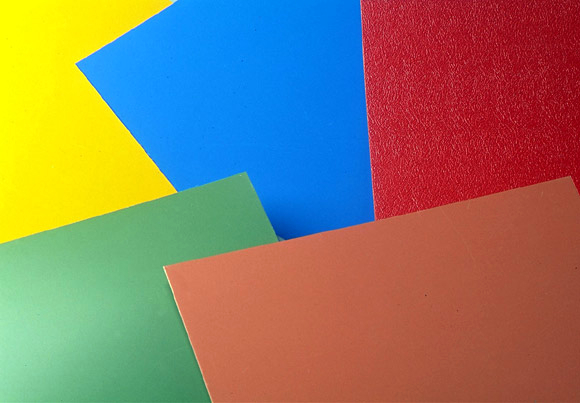Why color coating aluminum plate is not successful? How to solve it?
Why color coating aluminum plate is not successful? How to solve it?
- Insufficient anodizing film thickness: to check whether the anodizing process is standardized and whether the temperature, voltage, conductivity and other factors are stable. If there is any abnormality, please adjust the specification accordingly. If there is no abnormality, the oxidation time can be appropriately extended to ensure that the film thickness reaches the standard.
- Too high pH value of dyeing solution: adjust the pH value to the standard value with glacial acetic acid.
- After oxidation, the colored aluminum is placed in the water tank for too long: timely dyeing is advocated. If this situation has occurred, the workpiece can be placed in the anodic oxidation tank or nitric acid neutralization tank for proper activation treatment before dyeing, and the effect will be very good.
- Improper selection of dyes: appropriate dyes should be selected.
- The dye has been decomposed or moldy: the dye needs to be replaced.
- The oxidation temperature is too low, which leads to the compact skin film: the oxidation temperature can be increased appropriately.
- Poor conductivity: it may be that the anode copper rod or cathode lead plate is not in good contact with each other. Pay attention to cleaning anode copper rod and cathode lead plate to ensure good contact.






